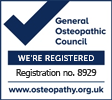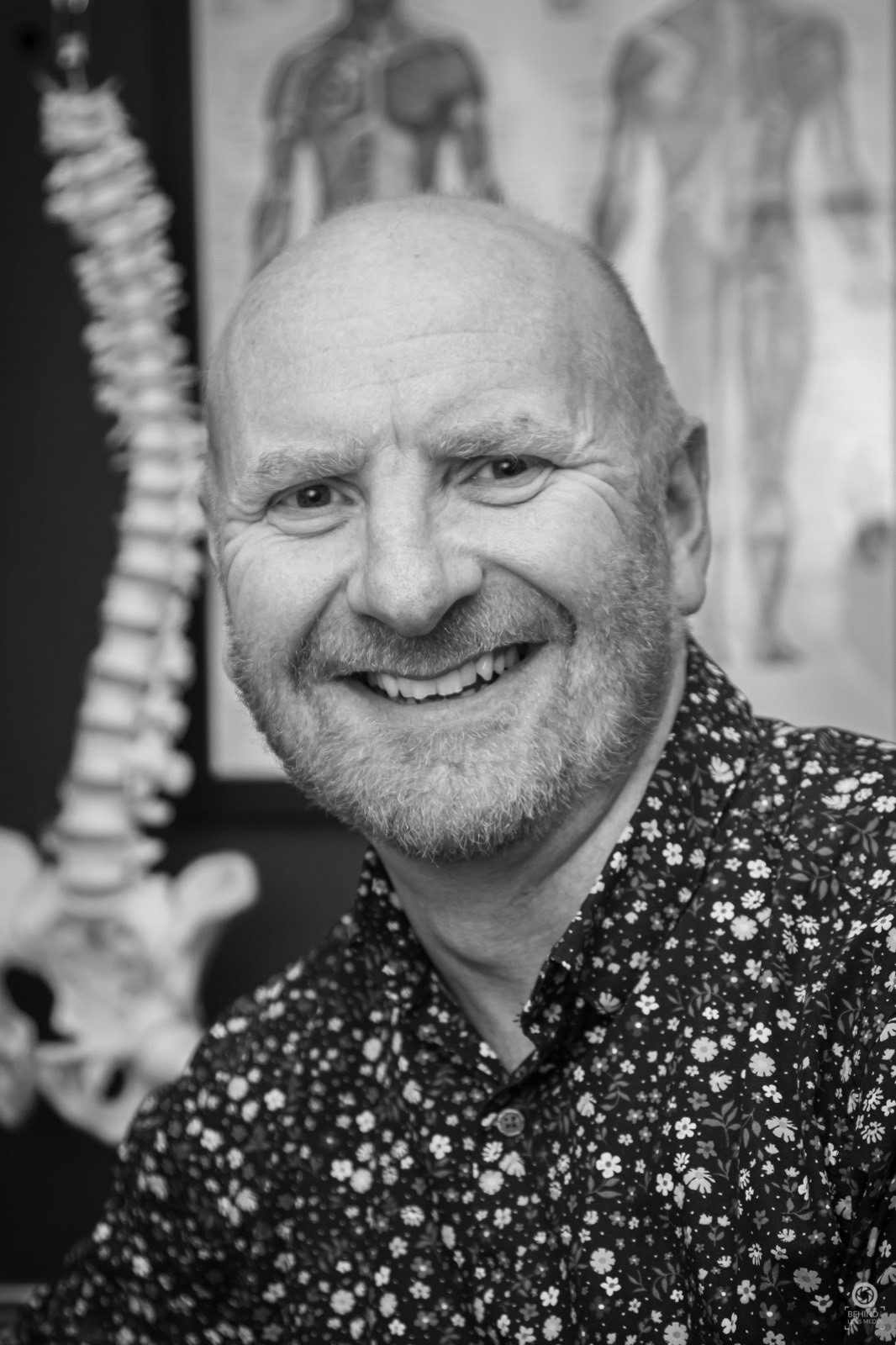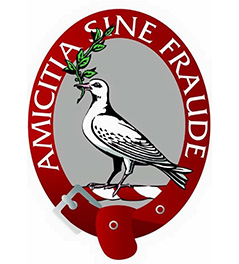Recently a semi professional footballer came into the clinic with pain under his knee cap.He had tight hamstrings and overdeveloped quads creating a condition known as anterior knee pain or Chondromalacia patellae .
This is damage to the cartilage at the back of the kneecap (patella). The usual treatment advised is to avoid overuse of the knee and to have physiotherapy or Osteopath treatment which is effective in most cases.
What is the patella?
The patella is the kneecap bone. It lies within the quadriceps tendon. This large tendon from the powerful thigh muscles (quadriceps) wraps round the patella and inserts into the top of the lower leg bone (tibia). The quadriceps muscles straighten the leg.
The back of the patella is covered with smooth cartilage. This helps the patella to glide over the lower part of the thigh bone (femur) when you straighten your leg.
What is chondromalacia patellae?
Chondromalacia patellae is damage to the kneecap (patellar) cartilage. It is like a softening or wear and tear of the cartilage.
The roughening or damage can range from slight to severe.
What causes chondromalacia patellae?
Chondromalacia patellae occurs most often in young adults and teenagers. It is more common in women. The reason why damage occurs to the cartilage is not clear. It is thought that the kneecap (patella) may rub against the lower part of the thigh bone (femur) instead of gliding smoothly over it. This may damage the patellar cartilage. Situations where this is more likely include the following:
-Overuse of the knee, such as in certain sports like football or rugby
-Some people may have a slight problem in the alignment of the knee. This may cause the patella to rub on, rather than glide over, the lower femur.
-It may be due to the way the knee has developed.
-Or, it may be due to an imbalance in the muscles around the knee – for example, the large quadriceps muscle above the knee. If one side of the quadriceps muscles pulls harder than the other side, the patella may not glide smoothly and may rub on one side.
A combination of an alignment problem (as above) and overuse with sports, may be the most common reason for getting chondromalacia patellae.
Injury to the knee may contribute – perhaps repeated small injuries or stresses due to sports, or due to slack ligaments (hypermobile joints).
In older people it may develop as part of the ageing process where there is wear and tear of cartilage in many joints.
Speak to us at the clinic if unsure


















